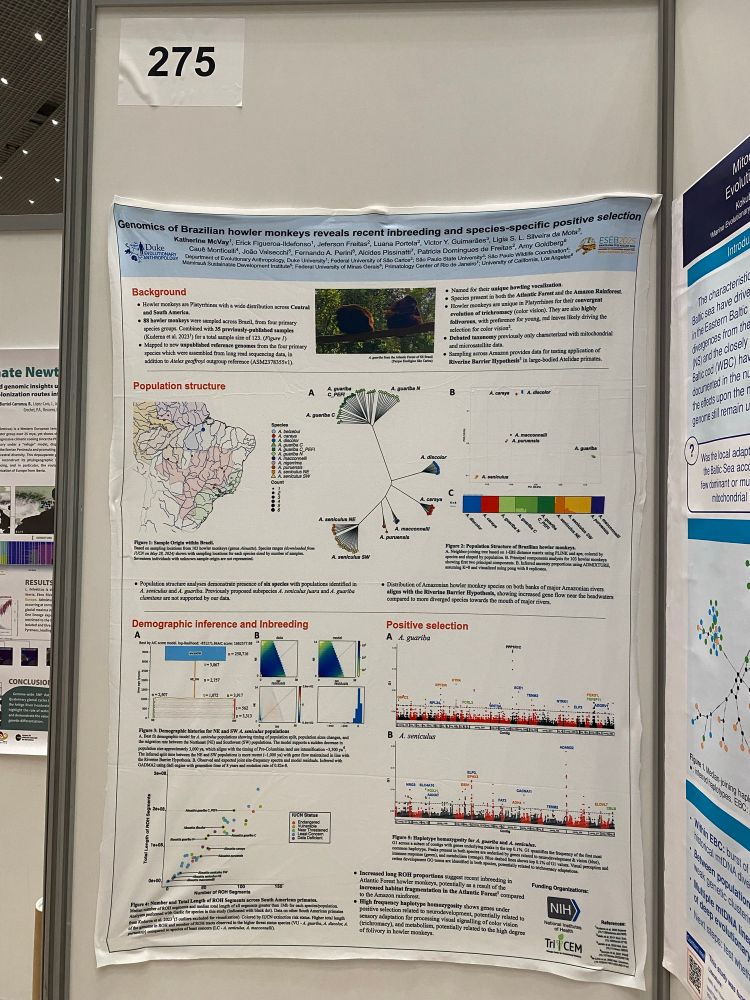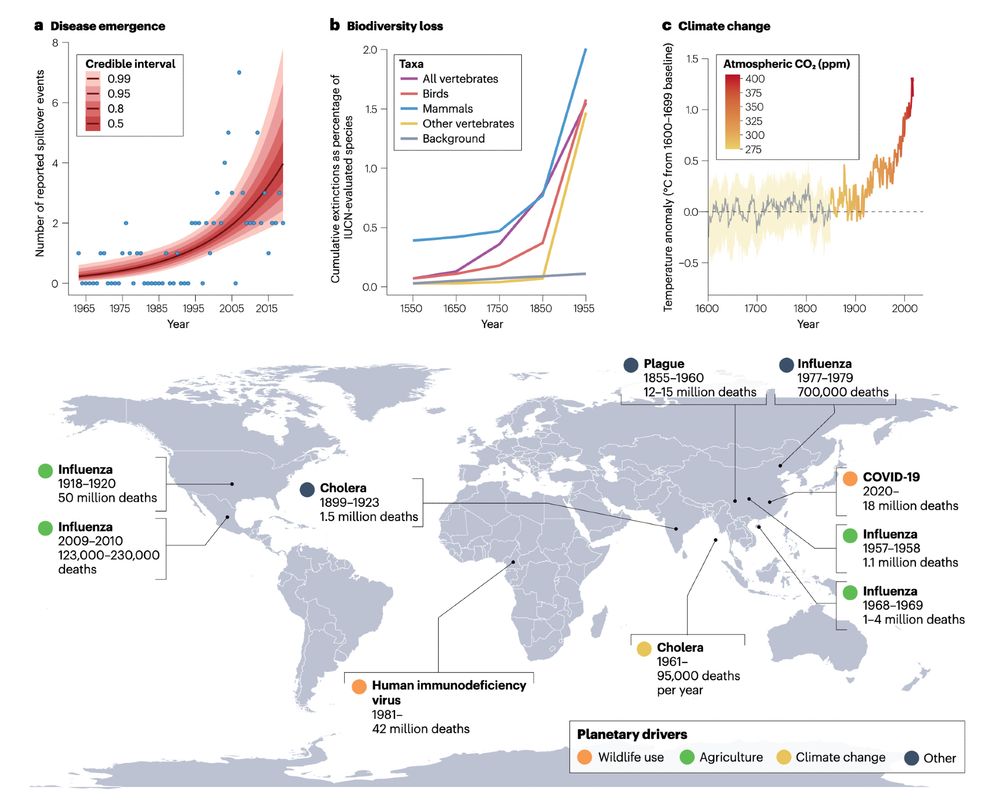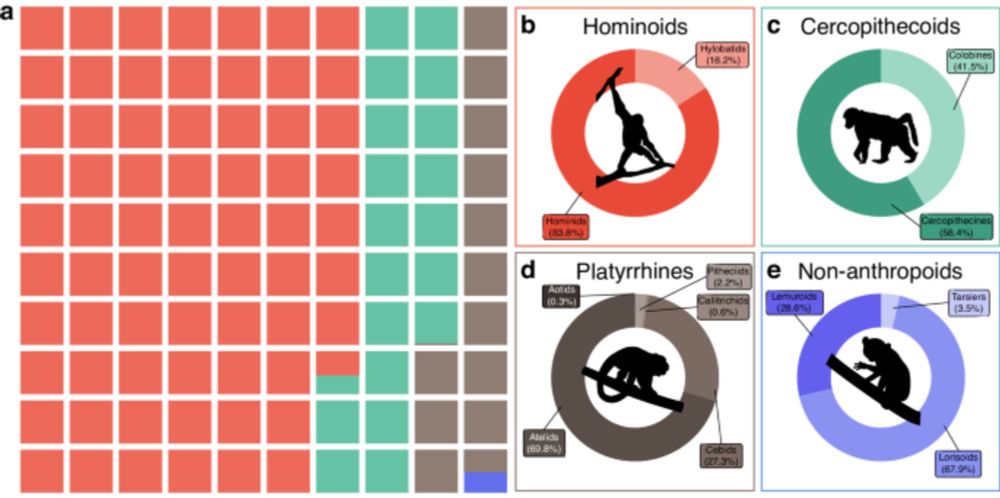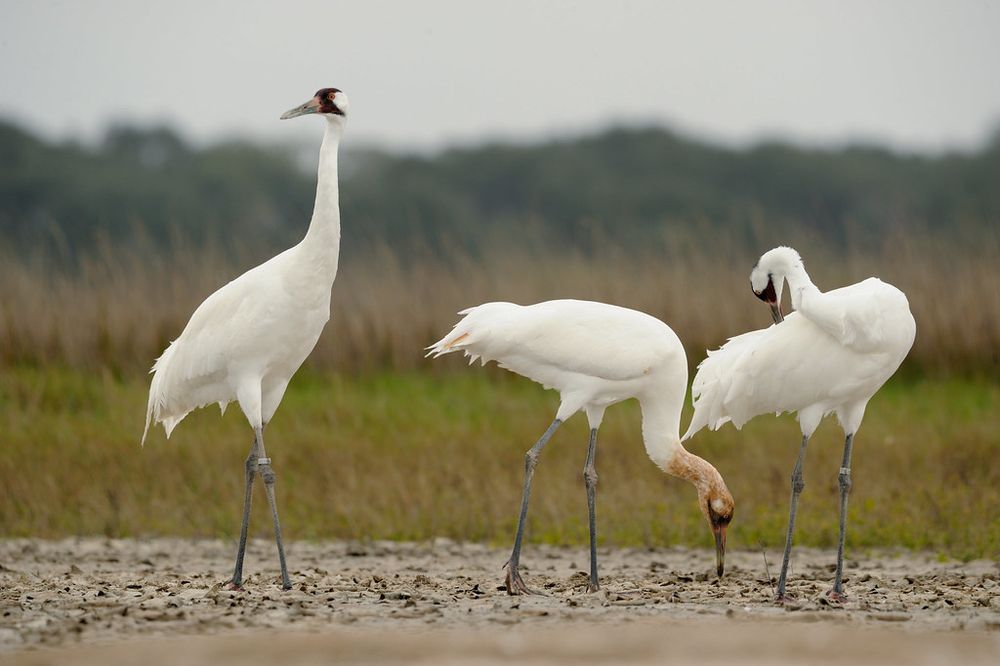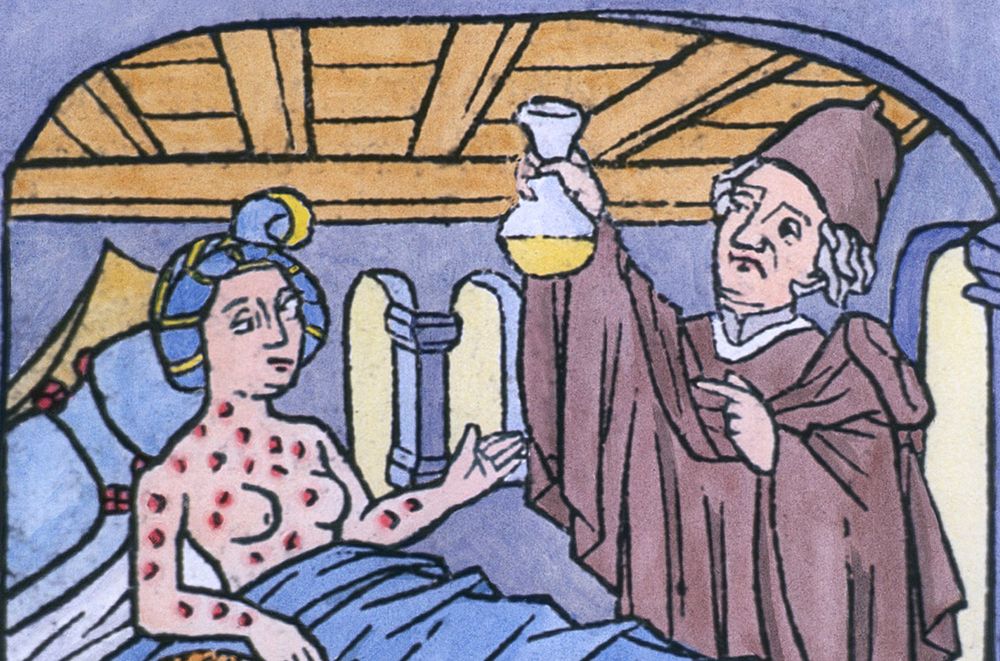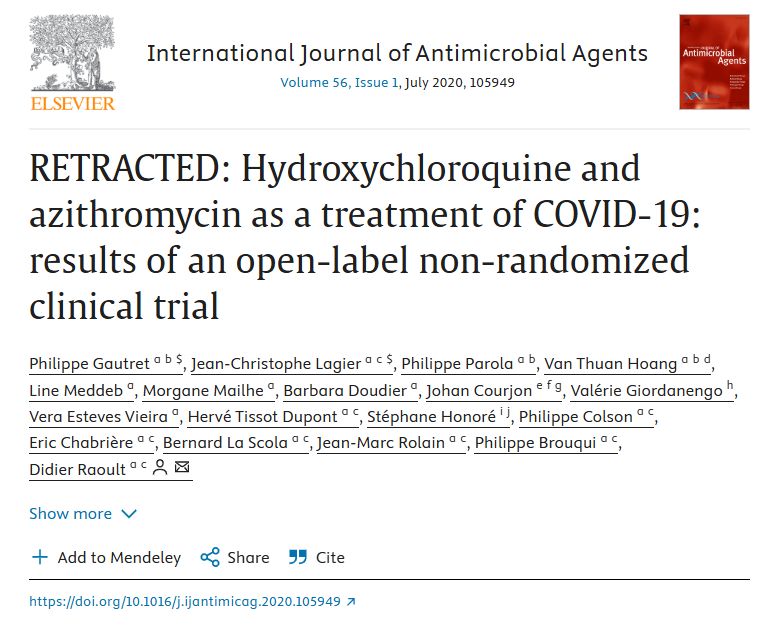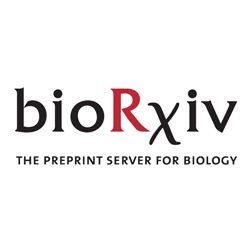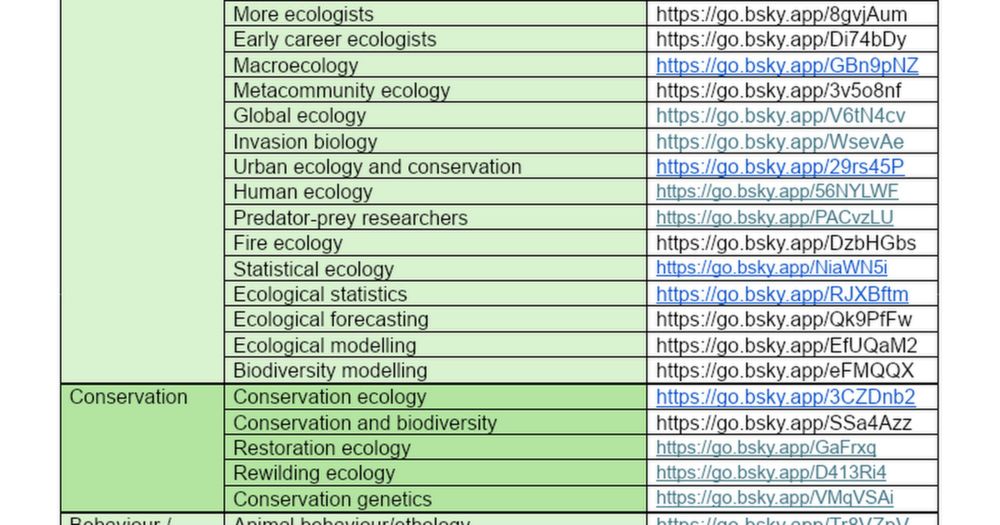Katherine McVay
@katherinemcvay.bsky.social
1.6K followers
1.2K following
11 posts
PhD candidate @Duke Evolutionary Anthropology with @amygoldberg.bsky.social | pop gen, primates, and pathogens 🧬🐒🦠
Posts
Media
Videos
Starter Packs
Reposted by Katherine McVay
Reposted by Katherine McVay
Reposted by Katherine McVay
Graham Coop
@gcbias.bsky.social
· Apr 8
Reposted by Katherine McVay
Reposted by Katherine McVay
Reposted by Katherine McVay
Vega Shah
@dr-alphalyrae.bsky.social
· Dec 18

AI-first structural identification of pathogenic protein targets
The likelihood for pandemics is increasing as the world population grows and becomes more interconnected. Obtaining structural knowledge of protein-protein interactions between a pathogen and its host...
www.biorxiv.org
Reposted by Katherine McVay
Hernán E. Morales
@hernmoral.bsky.social
· Dec 18
Reposted by Katherine McVay
Reposted by Katherine McVay
Reposted by Katherine McVay
Reposted by Katherine McVay
Reposted by Katherine McVay
Gen Wojcik
@genandgenes.bsky.social
· Dec 2
Reposted by Katherine McVay



